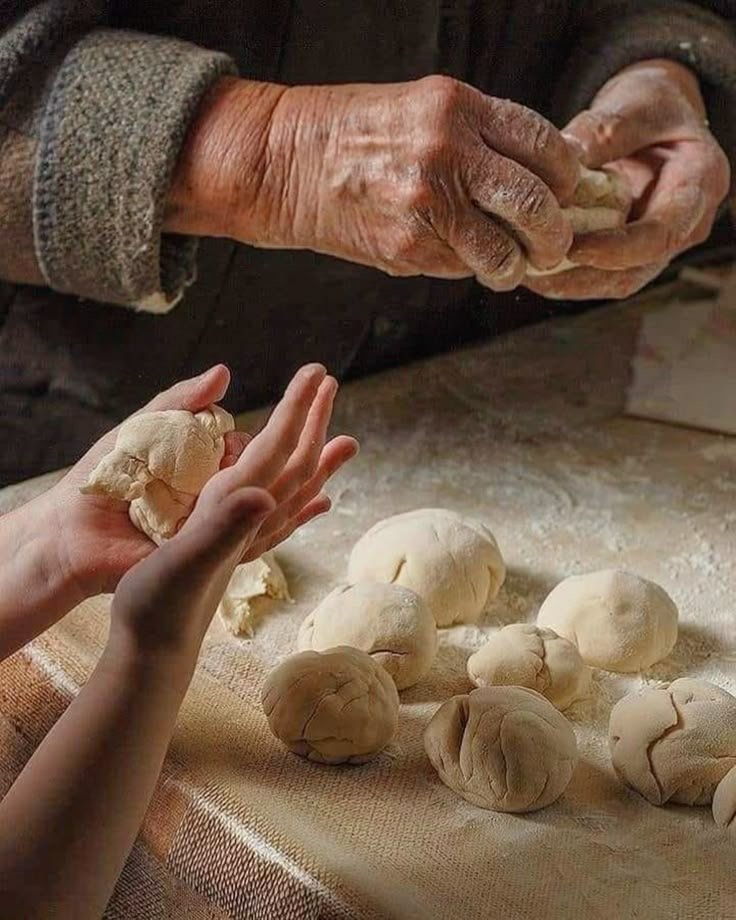Into The Mystic
Before Thomas was born, I’d had two miscarriages. Both early according to the calendar, but both late enough to fill me with a deep, empty sorrow. When my first pregnancy had been confirmed, I felt euphoric. I had a miracle within me, a new soul the world had never known. And then it was suddenly gone, fading away in pools of blood until nothing of the wonder was left at all. When I became pregnant the second time, I tamped down my initial happiness. I’d learned the peril of premature celebrations, of early hope. And, as it turned out, it was just as well. This pregnancy, too, ended before I could even hear the baby’s heartbeat.
I had a dream shortly afterwards. I was riding in a car that was speeding. Looking out the window, I saw a toddler—maybe two years old—standing by the edge of a road in a forest. The child had curly blonde hair and clutched three balloons in its tiny hand, one white, one green, and one purple. I thought to myself, “Those are the colors of the liturgical year.” The car passed the child. I looked back and knew somehow that the child was happy and going to be all right. And I also knew, in an unexplainable way, that I’d somehow been permitted a glimpse of a child I’d lost.
I was almost thirty-six years old when Thomas was born, the same age as my mother when she gave birth to me. She had died thirteen years before Thomas’ birth, and nothing would have thrilled her more than being a grandmother. I like to think that she was present the day I became a mother. When I first held Thomas in my arms and looked down at his tiny, sweet face, I felt out of time and space. What I was feeling was a sensation mothers had felt a millennia ago. It was what mothers would feel in future centuries I couldn’t envision. Van Morrison’s, “Into the Mystic” came to mind. I was now in uncharted territory and had to have faith in the journey as it would be unveiled to me.
Thomas was not like other children. Though he was affectionate and would happily babble away, he had not spoken a word by age two. Not even “Mama” or “Dada.” Concerned, we had him tested, evaluated, all the steps they encourage responsible parents to take. In the end, we received a variety of diagnoses, some dire. Eventually, we connected with a well-respected center for late-talking children where Thomas was accurately diagnosed with a Central Auditory Processing Disorder (CAPD). Both receptive and expressive language were a struggle for him, yet his non-verbal IQ was exceptionally high. The doctor we met with said the best option for a successful outcome for Thomas would be for me to homeschool him. I’d never even thought of that path before, but it made sense. If Thomas needed one-on-one instruction in a quiet room, it could work. After meetings at both private and public schools, neither of which had options that fit his needs, I decided to homeschool my son.
Earlier, Thomas had attended preschool for one year and barely comprehended anything that had been taught. I started to collaborate with a wonderful homeschool curriculum director in California, who gave me amazing resources to teach a non-verbal child. The night before his first day of Kindergarten, I couldn’t sleep. I felt as if I was gambling with Thomas’ future. If I wasn’t on top of this, he may not be successful. If I did a good job at it, there were still variables, but the odds would be in his favor. As I tossed and turned, I suddenly realized, “It’s Kindergarten.” I could handle it.
Our adventure began. That year, Thomas painted stucco on little boxes and created an ancient village in the Middle East. We draped red sweaters and jackets over the dining room chairs to represent British soldiers as I read him a children’s story about the American Revolution. He stomped on grapes in the backyard while I told him bite-size tales from Greek and Roman mythology. Thomas began speech therapy three times a week and all the puzzle pieces started coming together.
I always said we would take each year at a time and decide whether we’d homeschool the next year or not. Thomas was part of a large home school co-op, which gave the children one day a week to be in a traditional classroom setting with other homeschooled students. He was on the soccer team, then switched to Tae Kwon Do, a practice he followed for ten years. He was thriving.
Was I aware that every year I was out of the workforce would make it that much more difficult to re-enter it? Absolutely. But watching Thomas grow in knowledge and self-confidence while enjoying strong friendships left me no choice. Somehow, one year ended and quickly blurred into the next one. We were able to go on off-season trips to science museums, art galleries, and more. Suddenly, Thomas was a junior in high school, and we were having a lengthy discussion about how interesting it was that Charles Dickens could have written such cinematic scenes in “A Tale of Two Cities” long before motion pictures had been invented.
When my husband was offered a new job, we moved to a different state. As we tried to pulls all the loose ends together, Thomas said to me, “You know, I think I should go to a traditional high school for my senior year. It will make the transition to college easier.” My audible sigh signaled my relief that he had made that decision himself.
Thomas sailed through his senior year of high school, and I remember how weird it felt to go to my first PTO meeting. Somehow none of his teachers knew that he’d been homeschooled up until then. They were surprised when I mentioned it to them. And I was surprised they felt saying, “He doesn’t seem like a homeschooled kid,” was meant as a compliment.
And Thomas, always a creative, visual learner, decided his career path was to be a film editor. He was accepted at a well-regarded state university and began in their Honors College. Four years later, at his college graduation, my father sat on one side of me. The family had been chatting, pointing to Thomas below us in the auditorium, and taking photos of him. Then the Commencement ceremony began. We all cheered as we heard Thomas’ name. As he walked across the stage for his diploma, I started shaking. Tears ran down my cheeks. All at once, I saw his face as a newborn, held between my hands. I remembered his frustration at not being able to understand what was being said around him. I thought of the speech therapy lessons, three times a week, every week, for seven years. It was like waves of memories washing over me, carrying me out, and bringing me back in. The mystic was all around me in that moment. My shaking didn’t stop until I felt a hand on my knee. My dad. I looked over at him and we both had tears in our eyes. He knew all I’d done for Thomas. I felt all he’d done for me. I placed my hand over his. In that moment, all was well in the world and all I could feel was a profound gratitude for each turn, both expected and unexpected, of the journey.
-Karla Bryant
Karla S. Bryant is a published author and essayist. She is also a produced independent screenwriter. She focuses her work on people in midlife, exploring the richness of their layered histories and how they play a part when their lives take unexpected turns. Her short story, "One More Turn" received Honorable Mention for the 2014 Tuscany Prize for Short Literature. She has been published in Dappled Things, Midlife on Fire, and Certain Age.







